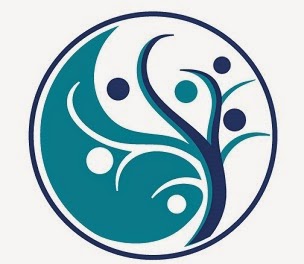Many, no most, of our public officials deserve such descriptors. There are a handful of men in office, their names and scandals occupy the headlines daily, who've forgotten that they're elected not just to push through bills, but for their character. Whether through blatant sexual discrimination or sophomoric sexual exhibitionism, they're sullying the title of public servant and detracting from the work they should be doing for the benefit of the people they serve.
You've seen them at the podium, contrite, acknowledging that they've made mistakes, promising that now that they've been caught they'll never do it again, or disclosing that they need help for a problem behavior. But what is that problem? May I suggest their problem is not simply an impulse disorder. I proffer that it's a condition noted in some men in positions of power long before the DSM categorized psychiatric disorders. It's hubris.
Yup, the same character flaw that was the Achilles heel of Greek gods and heroes- hubris.
Wikipedia defines hubris as:
extreme pride or arrogance... a loss of contact with reality and an overestimation of one's own competence or capabilities, especially when the person exhibiting it is in a position of power...In ancient Greek, hubris referred to actions that shamed and humiliated the victim for the pleasure or gratification of the abuser. The term had a strong sexual connotation, and the shame reflected on the perpetrator as well.
Sound familiar? Plain and simply it's believing that one's own power and greatness gives carte blanche for self-gratification. But unlike in ancient Greece where the hero fell from grace digraced, today's leaders pop up again faster than furry rodents in the Whack-A-Mole arcade game.
So the state's chief legal officer and statesman consorted with high paid prostitutes, defying both the laws he was charged with upholding and the public's trust in the character of our representative. After a 5 year hiatus, presumably for self-reflection, he's asking us to trust in his character to oversee the financial welfare of the largest and most influential city in the US.
And we've got a representative who engaged in sexting with college students, mothers and prostitutes over a period of years, lied to his new bride and the public about it before resigning from Congress in 2011, presumably disgraced and seeking help for his compulsions. Just two years later he surprises the people with a bid for mayor of NYC... and even more digital crotch shots.
And then there's the highest official in the NYS Assembly who payed taxpayer-funded hush money to cover up illicit sexual actions in the workplace by a fellow assemblyman. This is a man who has publicly championed women's issues, but behind closed doors his actions suggest otherwise.
Sexual violence, whether rape, sexual harassment, domestic violence, or sexual discrimination, is a conscious choice to violate another person. The offender often has little concern for the rights or feelings of the victim. He frequently feels justified in the act. It's often a repeat choice, starting with less egregious acts, but becoming bolder as the perpetrator gains confidence, experience, and doesn't experience negative consequences. The roots of sexual violence grow in our social norms that objectify women sexually and tacitly condone gender inequality. I'm not weighing in on whether the aforementioned men should hold office; each has great skills as a leader and each has the potential to change. I'm suggesting that as voters we should consider character, trustworthiness, and respect for women when we vote. If we do not hold our statesmen accountable for their actions with regard to gender equality, can we expect them to champion policy and practice to end sexual violence?
Every nine seconds in the US a woman is assaulted or beaten. Sexual violence is an important issue. It's not a private issue. It's a serious social issue that affects all of us. It costs businesses money, impacts public safety and costs lives. We need leaders whom we can trust as our champions in working for the safety and equality of all the people they represent. Media coverage of the political bad boys more resembles the Maury Povitch show (bad behavior, scandal and outrage, contrite confessions and cries for understanding) than a call for ethical and unbiased leadership by our statesmen. Character and ethics are important... hubris prevails when a leader has an unrealistic view of his own power and privilege. If we don't tell our candidates that we care about how they represent us when they're not on the podium, then hubris wins...and we lose.



